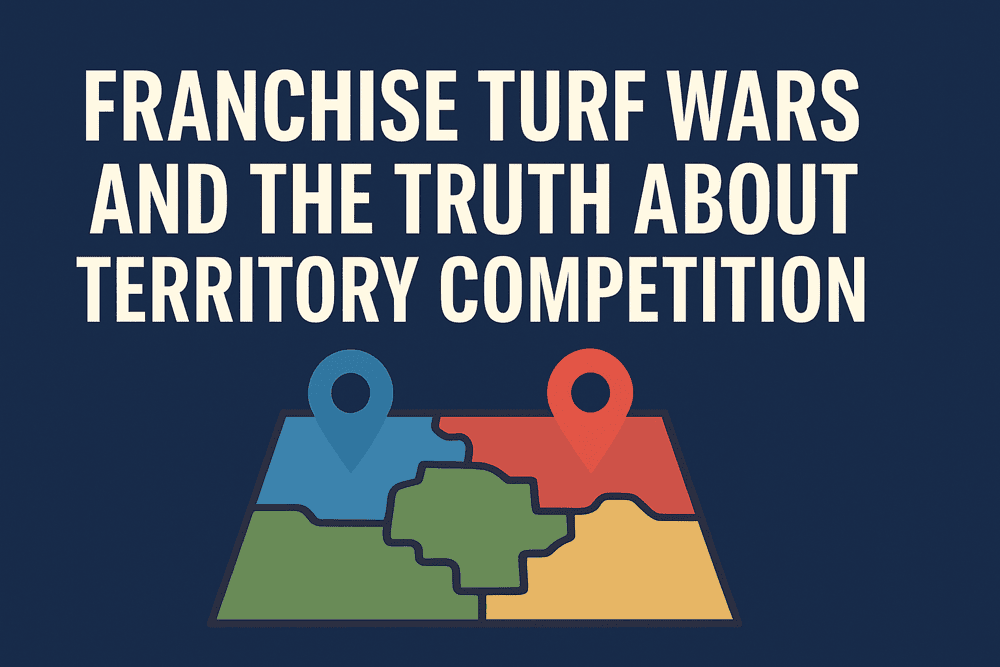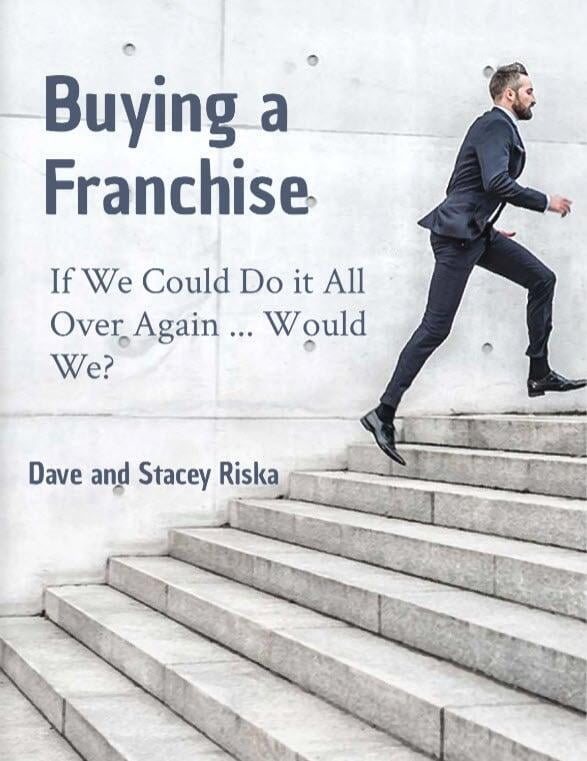Franchising is a powerful way to build wealth and achieve financial freedom, but one of the most misunderstood aspects of the business is the concept of territory. This review provides valuable insights into how franchise territories work, the difference between protected and open territories, and how to make smart decisions when investing in them.
🗺️ What Is a Franchise Territory?
A franchise territory refers to the geographical area in which a franchisee can operate their business. This territory defines where they can sell, market, and provide services. It is usually outlined in the Franchise Disclosure Document (FDD) under Item 12, which details the rights and boundaries of the territory.
In essence, a territory provides security and structure for franchise owners, helping to avoid unnecessary competition between franchisees of the same brand.
🔐 Protected vs. Open Territories
Protected Territories
A protected territory means that the franchisee has exclusive rights to operate within a specific area. No other franchisee of the same brand can open or sell within that boundary. This model is ideal for those who want stability and guaranteed customer reach.
Open Territories
An open territory gives the franchisee freedom to operate anywhere, but without exclusivity. While this model may seem riskier, it provides flexibility and mobility — particularly beneficial if the franchisee anticipates relocating or wants to explore new markets.
For example, the video’s hosts shared their experience owning a coffee and smoothie franchise under an open model, which allowed them to move their business from Maryland to Florida without restrictions.

💡 How Franchisors Define Territories
Franchisors use various methods and data-driven tools to define territories, including:
Population-based models: e.g., one franchise per 75,000 households.
Income-based models: e.g., targeting households earning above $65,000 per year.
ZIP code or mapping systems: ensuring equitable market distribution.
They often use sophisticated mapping software and collaborate with franchisees to ensure the territory reflects both demographic potential and local expertise.
🤝 The Role of Franchise Consultants
Franchise consultants, like those from Next Level Franchise Group, help investors evaluate available territories and match them with suitable franchises. This saves time and prevents the frustration of pursuing areas that are already sold out or unsuitable for the candidate’s goals.
Consultants can also assess whether a brand’s available territories align with a candidate’s income goals, desired market type, and growth potential.
🚀 Strategies for Expanding Territories
One key insight from the video is that aspiring franchisees should secure multiple territories early if they plan to grow. Owning additional territories upfront prevents competitors from moving into nearby markets and allows for smoother scaling later.
This strategy also supports economies of scale — shared equipment, trained staff, and brand recognition can make multi-territory expansion more efficient and profitable.
🧭 Key Takeaways
Review Item 12 of the FDD to fully understand your territorial rights.
Decide between protected and open models based on your long-term goals.
Use demographic and market data to assess the potential of your area.
Consider securing multiple territories if expansion is part of your vision.
Consult with franchise experts to validate opportunities before committing.
📚Understanding territories is crucial to franchising success. Whether you choose a protected model for stability or an open model for flexibility, knowing how territories work — and how to leverage them strategically — can make the difference between owning a job and owning a thriving business empire.
What's Your Next? - Podcast
 | Author BioI’m Stacey Riska aka “Small Business Stacey”, your franchise placement specialist. I help aspiring business owners find the PERFECT franchise so they can get to the next level in life and business. |


